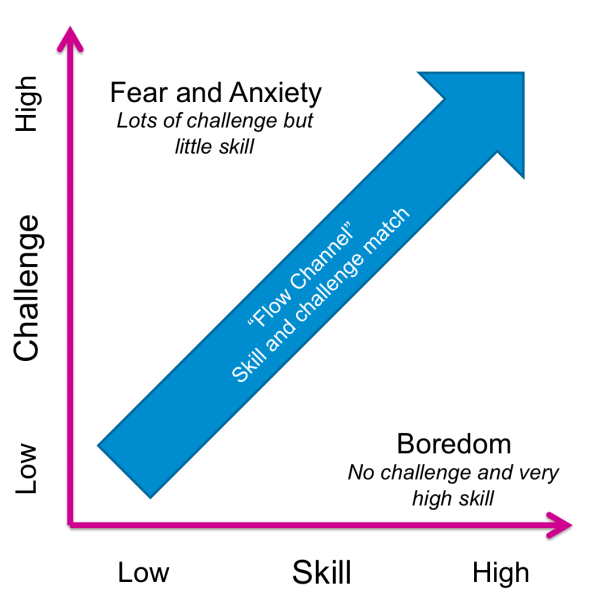A simple google search about employee engagement percentages from trusted researches claims that 87% of the employees worldwide are disengaged. While this number is staggering high and should be taken with a pinch of salt, the realistic number for your organization still could be north of 70%.
When we see a number like this, our immediate reaction is to huddle up leaders of the organization or HR teams to start looking for areas of concern, we shape policies, process and rewards (Extrinsic) to lure more employees to be engaged. Some of the organizations have done a good job to see it from the perspective of creating opportunities, developing trust, making people feel valued etc. to increase the engagement score and it has worked to a certain extent. However, there is one unexplored area which when applied well, can drastically increase the engagement and the answer lies with the engaged employee in your organization.
Your 13% engaged employees
There are these set of people who just are not unhappy, no matter what. They are working in same teams, same environment, same salary and similar tasks, yet they are happier than their other team members and it has nothing to do with any special treatment they get. Many times, these people don’t even avail those special reward programs or policies that are created for employee engagement. Then what makes them engaged and if the secret lies within them, what is that secret, can we replicate it? The answer is yes, the modern researches in positive psychology by psychologists like Mihaly Csikszentmihalyi, the author of the famous book “Flow” gives this formula on engagement and how its created.
He has done the most detailed research by interviewing and studying the texts from across the world and concluded that humans are happy when they experience Flow.
What is Flow?
According to Milaly Csikszentmihalyi, humans have about 126 bits per seconds of attention to apply to any areas of work. When majority of these bits are engaged for a piece of task at hand, the humans are in state of flow. In short, a heightened state of focus for the task at hand with optimal skills to meet the challenges of the tasks.

While getting to the states of flow certainly creates engagement of highest order, however even getting to states which are closer to flow create significant engagement.
If we notice, the need for engagement is to create Goldilocks tasks, continuously for every employee and in the real world this seems not so possible because of various factors that govern business.
In such a situation, one of the possible solutions is to teach your employees to create states of flow and this is how it can be done.
How can one create flow for themselves and others?
The answer lies in the way the flow is created. One can create situations of flow or closer to flow by tweaking the three broad paraments that lead to flow. Consider these 2 factors
- Challenge & Skills
- 126 bits per second of available memory
The engagement happens when maximum of those 26 bits per second are utilized for the object of focus. Disengagement will happen when the assigned tasks does not match the skill. Consider the following situation
Situation 1: If the challenge is high, and skills are low, the person will be overwhelmed as the task demands more than available 126 bits per second and that leads to disengagement
Solution: Create an organization environment where:-
- The employee can easily come back to you and open up about the difficulty of the task.
- Has ability to get help from others without being judged and penalized in performance review.
- People can self-learn and develop skills and then attempt the task with better skills
Situation 2: If the challenge is low and skills are high, the amount of attention required to deliver on that task will be significantly less than 126 bits per second, maybe around 40 – 60 bits per second and that will lead to boredom and distractions will take over, creating a very unfulfilling experience for the person leading to disengagement.
Solution: Teach your employees or yourself to increase challenge for the task at hand.
- This is done by increasing the delivery timelines standard for the task at hand. E.g. If someone is working on a mundane repeated task for few months and is now able to do that task in 2 hours, they can increase the challenge for themselves by setting the goal of doing the same task in 1 hour and remaining 1 hour to be utilized for any other organization or self-development activity.
- One can enhance engagement by setting higher quality standards for the task. E.g. when I developed a certain level of proficiency in creating power point presentations, I started looking for enhancing the quality further by trying to improve on finer details like color patters used in a slide and what is the impact of certain colors on psyche of audience. Picture quality, white space usage, animation details to take audience through a story etc.
- Work on developing faculty of focus. This is one advise you may find in most of my blogs, presentations and sessions. Faculty of focus, once developed, will automatically get the person to utilize their maximum bits per second for the object of focus
If you observe those 13% of engaged employees, you may notice some of these above techniques in actions.
With these ideas, organizations can work towards creating more intrinsic motivations for the work that people are doing leading to much more engaged and happier workforce eventually leading to happier societies, nations and world.




